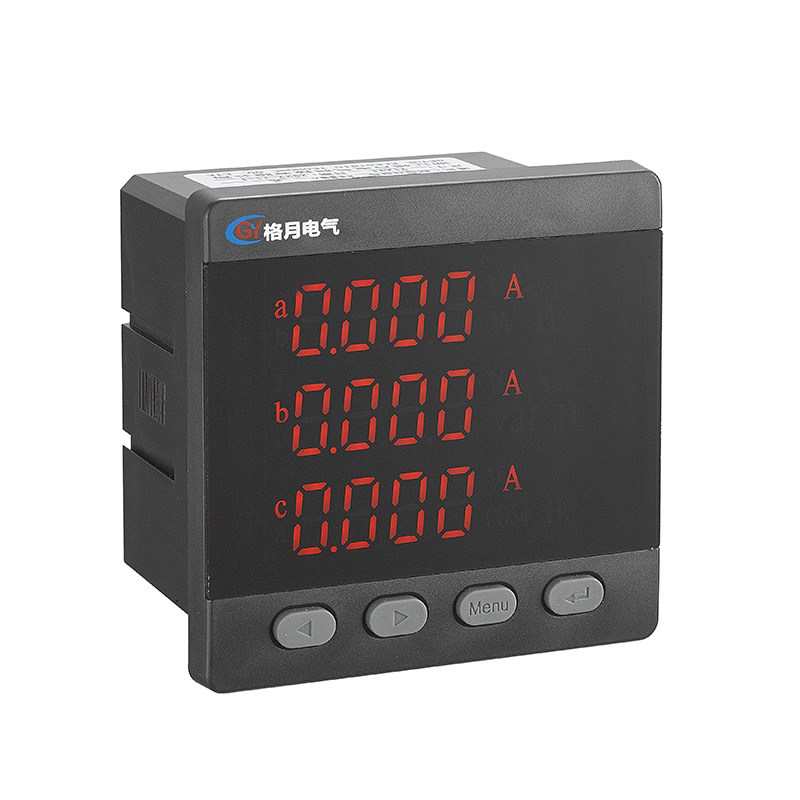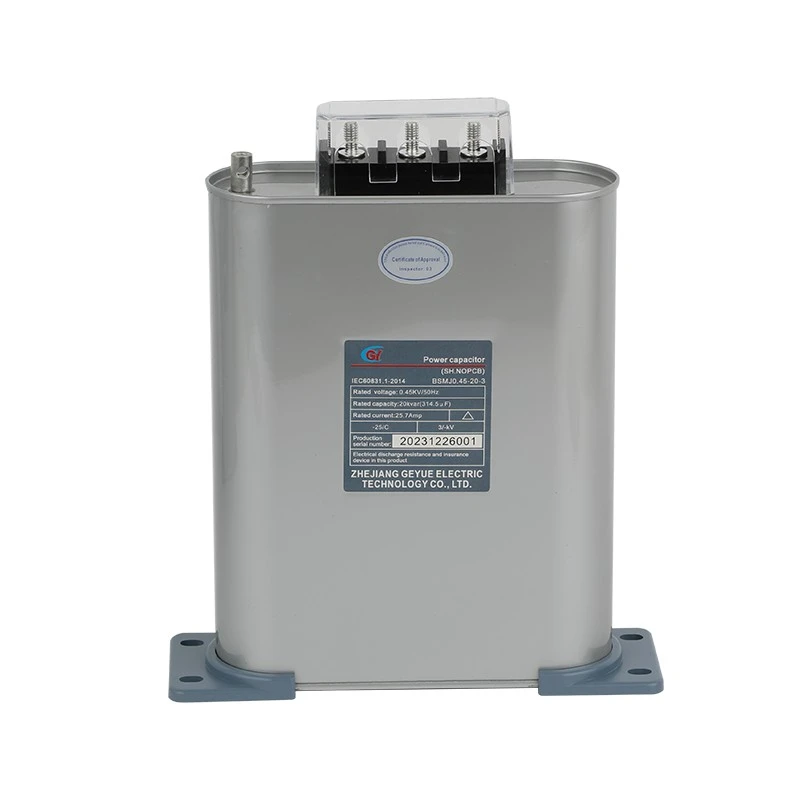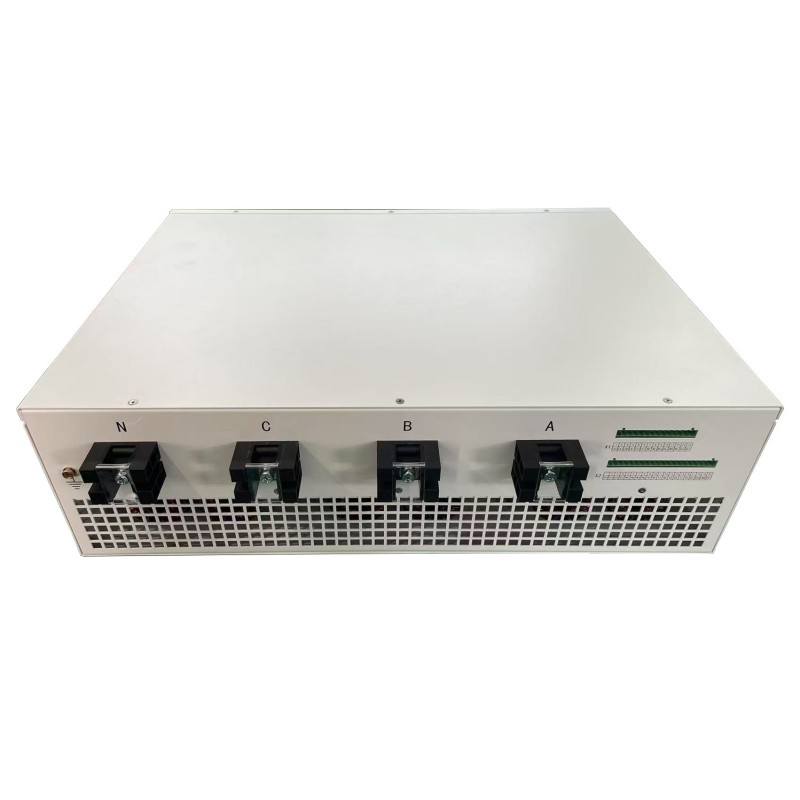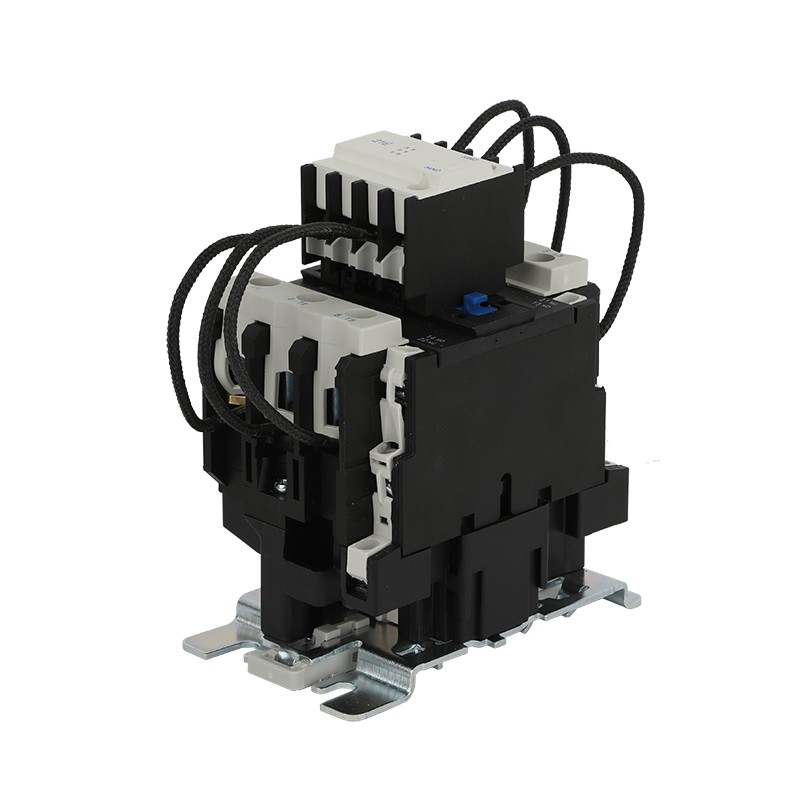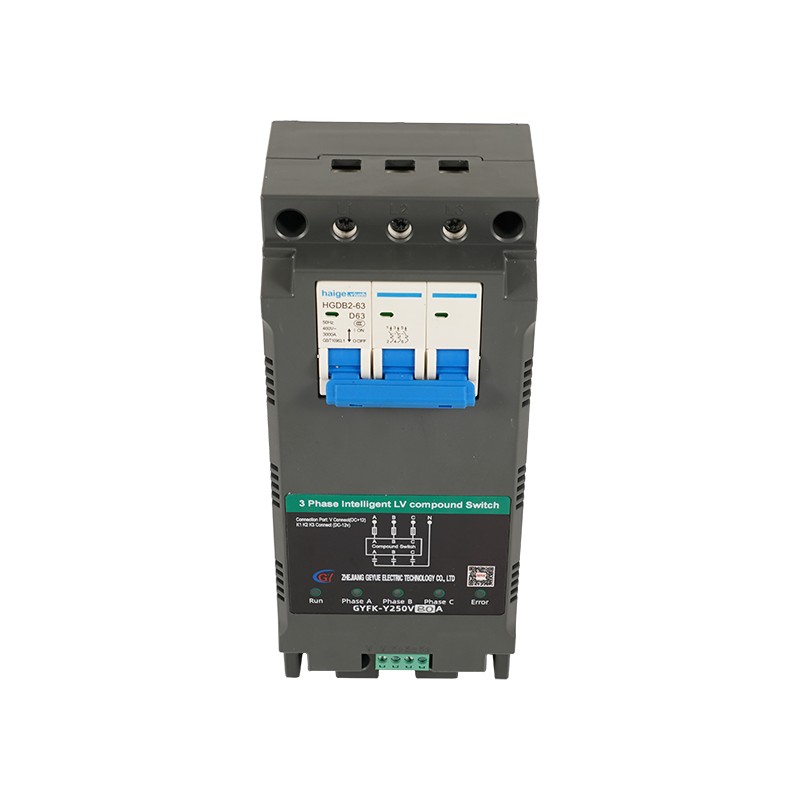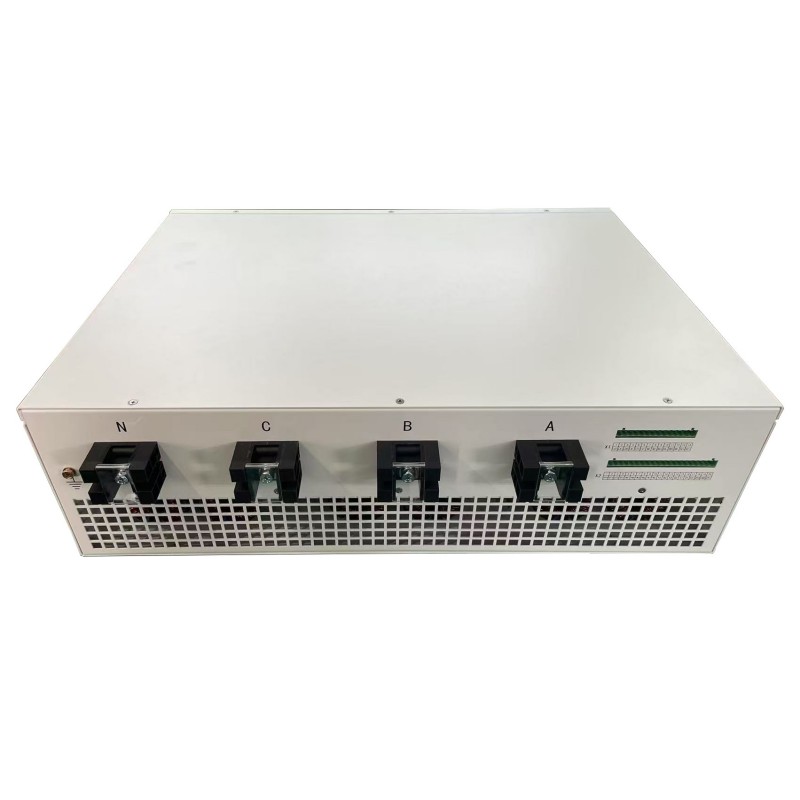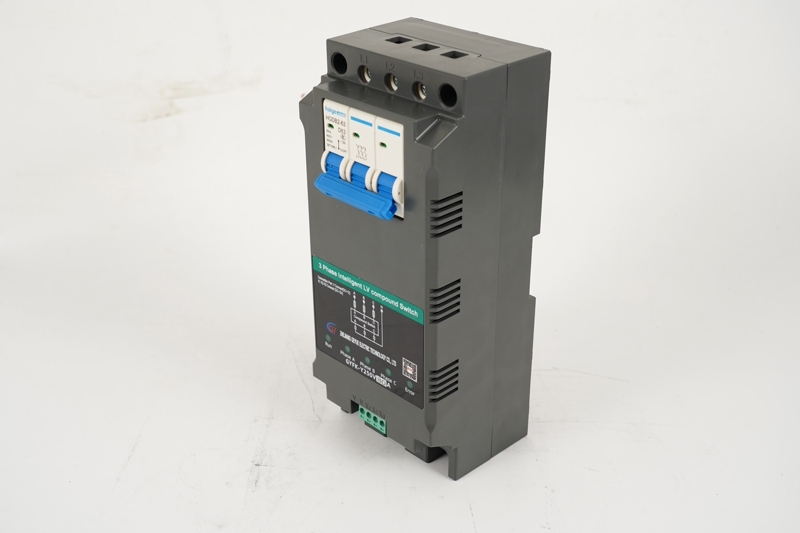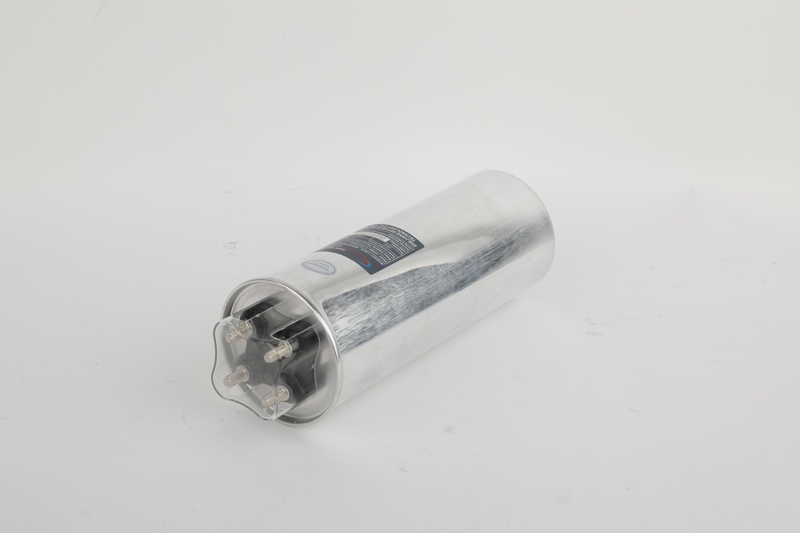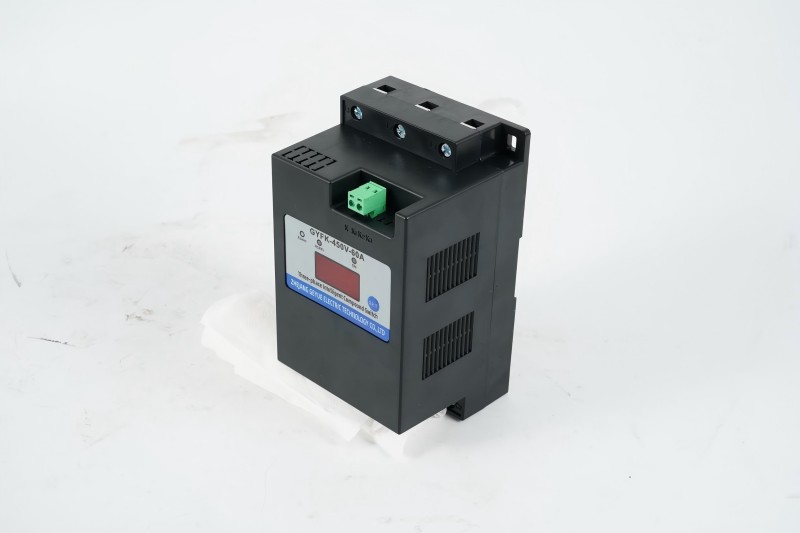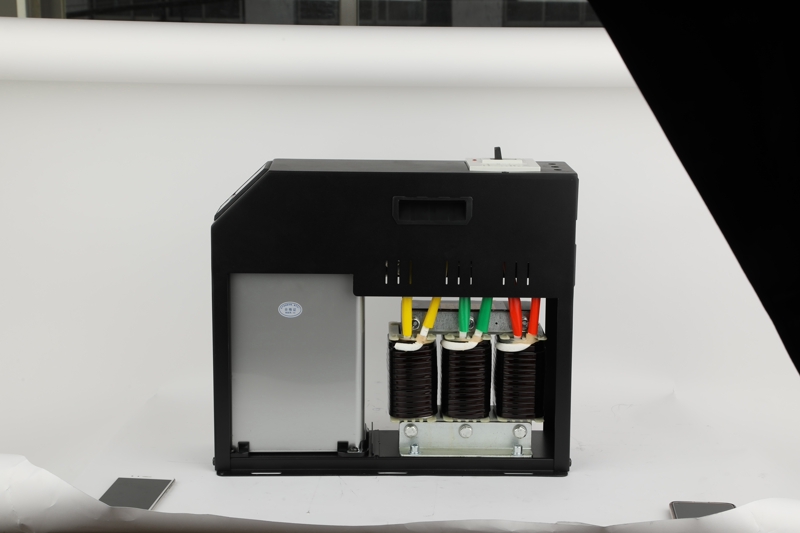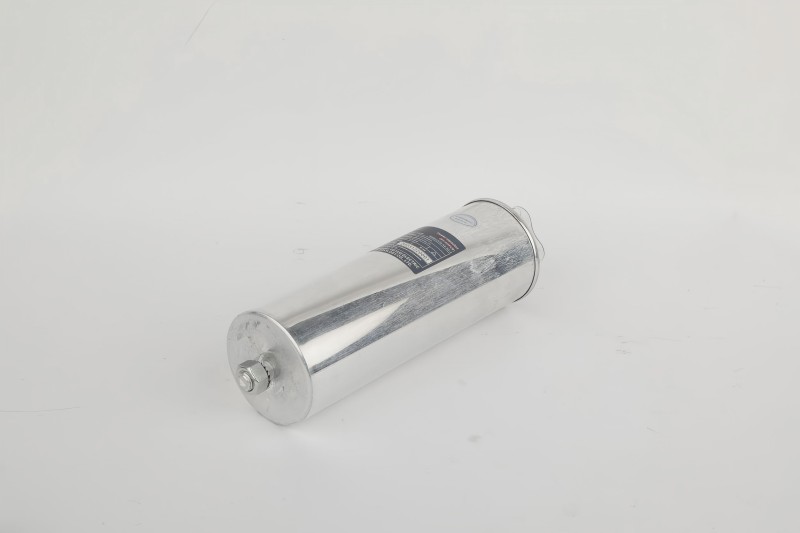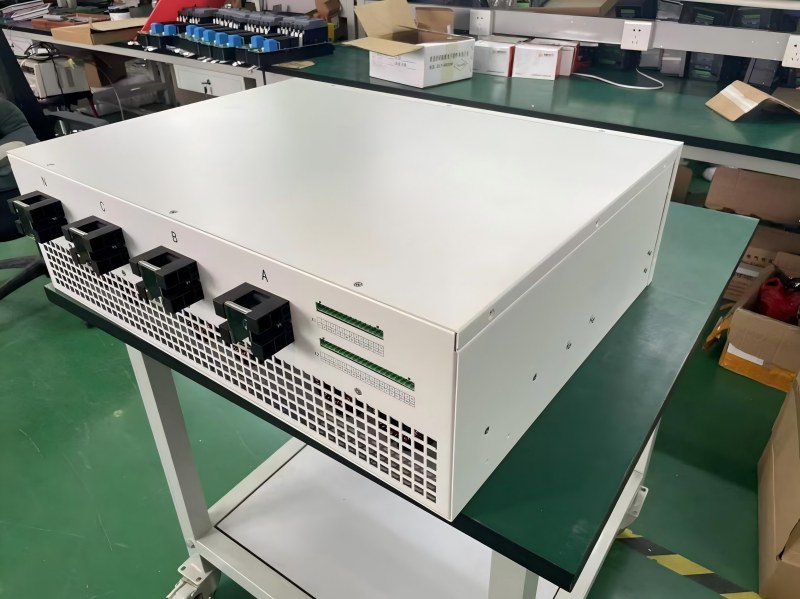How to Remove Power Grid Harmonic Pollution in Real Time? Smart APF Series Active Power Filter will Give the Answer!
Electrical equipment such as frequency converters and rectifiers will generate harmonics when widely used. These irregular currents can cause equipment overheating, reduced efficiency, and damage to sensitive instruments, resulting in huge economic losses. The traditional passive filter PPF can no longer meet the current complex harmonic control needs due to its single filtering capability, slow response speed and the risk of causing resonance. The APF Series Active Power Filter is superior to the PPF and can dynamically compensate for harmonic currents in real time. This article will explain the working principle of the APF Series Active Power Filter and introduce its core advantages compared to traditional filters. Learning how the APF Series Active Power Filter effectively solves the harmonic problem will help us better understand its important role in improving power quality, ensuring equipment safety and improving energy efficiency.
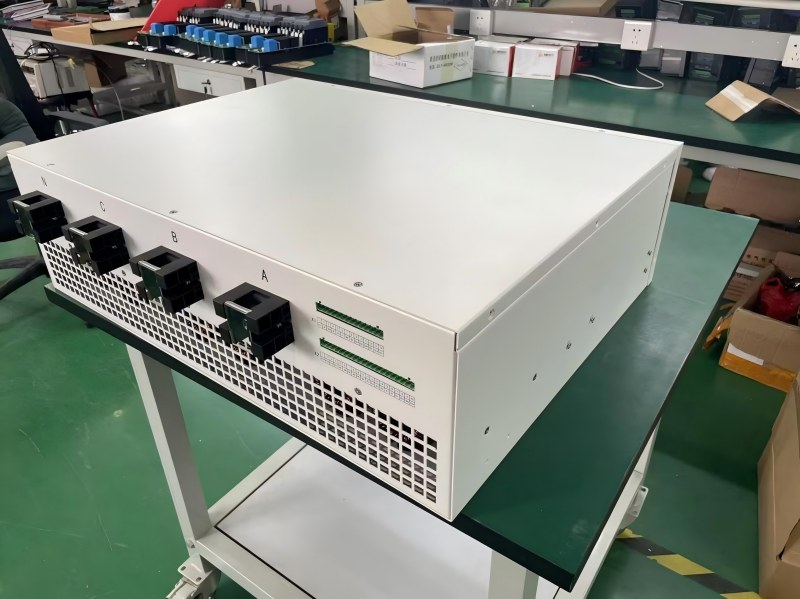
What is the APF Series Active Power Filter?
APF Series Active Power Filter is a professional harmonic control equipment manufactured by power electronics technology. Its core function is to detect and dynamically eliminate harmonic currents in the power grid in real time, effectively solving power quality problems caused by nonlinear loads such as inverters or rectifiers. Different from the passive filtering of traditional filters PPF, APF active filter is an active compensation current that can solve the harmonic suppression needs of various scenarios such as industrial factories, data centers, and medical facilities, and is a key device for optimizing power quality.
What is the working principle of APF Series Active Power Filter?
The APF Series Active Power Filter collects the current in the power grid through real-time monitoring and accurately identifies the harmonics that need to be processed through high-speed sensors. The integrated DSP and FPGA chip is the core control unit of the filter, which can analyze these currents in real time through the instantaneous reactive power theory algorithm and determine the harmonic amplitude and phase parameters that need to be offset within 3ms. Subsequently, the built-in IGBT power converter will immediately generate a compensation current with the same amplitude as the harmonic but opposite phase according to the calculation results, and inject this current into the power grid to eliminate harmonics, ultimately eliminating more than 95% of harmonics.
What is the core value of APF Series Active Power Filter?
APF Series Active Power Filter can bring the following benefits to the control of harmonics in the power grid. First, it can prevent transformer overheating and reduce associated energy losses. It can greatly suppress the false tripping of relay protection devices due to harmonic interference, reducing its false tripping rate by 90%. Secondly, it can reduce the loss of key equipment such as capacitors and motors and extend their service life. At the same time, it can release the actual capacity of the transformer occupied by harmonic current, thereby improving the reliability and economy of the power supply system as a whole.
What advantages does APF have compared to PPF?
APF Series Active Power Filter have significant comprehensive advantages over PPF passive filters. Its core advantage lies in its dynamic real-time adjustment capability. APF can respond to harmonic changes within 5ms and achieve dynamic harmonic tracking capabilities, while PPF needs 100ms to respond to harmonic changes, which is 20 times faster than PPF. This is of great help to power grids where variable frequency equipment accounts for more than 60%. APF can cover 2-150 full-frequency harmonics, while PPF is limited by the LC resonance point design and can only target a small number of preset frequency points, and the actual effective bandwidth is less than ±5% of the center frequency. This limitation will cause a blind spot in the management of multi-frequency harmonic scenarios such as medical equipment and data centers. In terms of system safety, APF eliminates the risk of grid resonance through intelligent impedance control, while PPF may cause harmonic amplification or even burn equipment. In 2019, a PPF resonance accident in a certain automobile factory directly lost $350,000. APF can simultaneously integrate comprehensive power management functions such as reactive power compensation, while PPF only has a single filtering function. APF is almost maintenance-free throughout its life cycle, reducing the overall cost for 10 years, while PPF requires regular replacement of capacitors and ongoing maintenance costs. The essential difference between APF and PPF lies in the technical route. PPF is a passive anti-adaptive device, while APF is an active governance system using power electronic closed-loop control.
- In the New Energy Era, How Will the Reactor Industry Overcome Technological Bottlenecks?
- What Are the Best Practices for Storing Spare Self-Healing Shunt Capacitors Before They Are Put into Service?
- What is the Significance of Torque Values when Connecting Capacitor Power Terminals, and What Are the Risks of Improper Tightening?
- What does the "D/kVar" Value of a Capacitor Tell Us about Its Energy Density and Physical Size?
- What Special Considerations Are Needed for Power Factor Correction in Facilities with Large UPS Systems and Data Centers?
- How does Background Voltage Distortion Affect the Lifespan and Performance of Capacitors?

